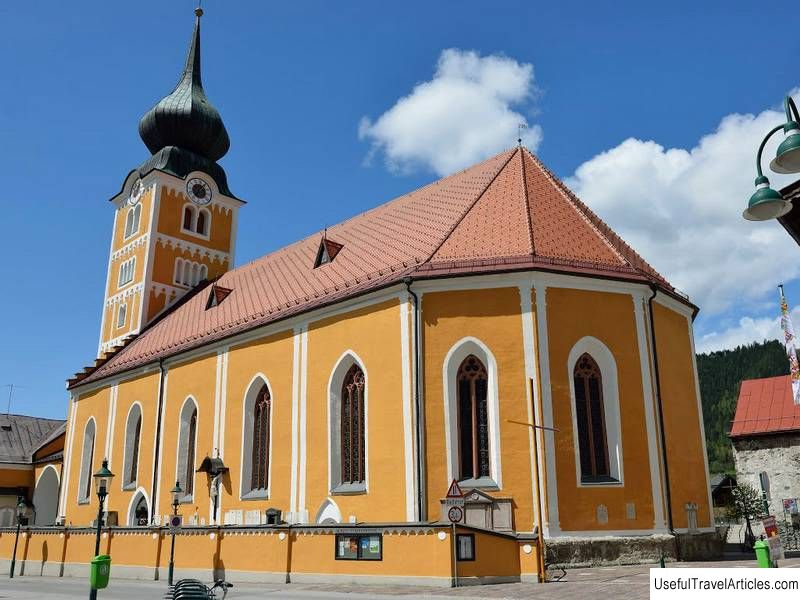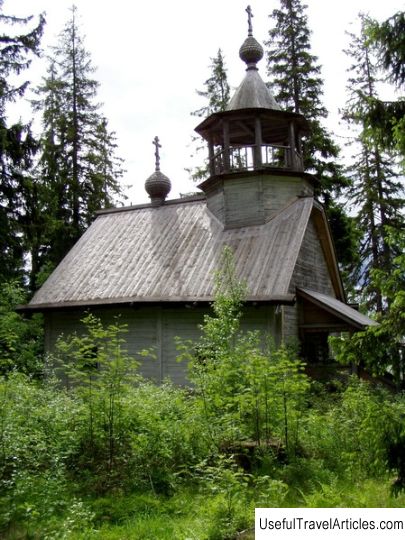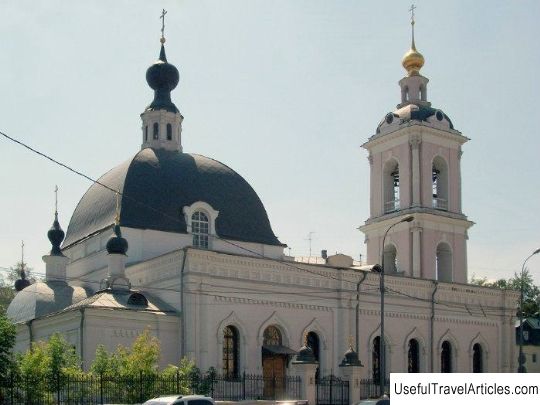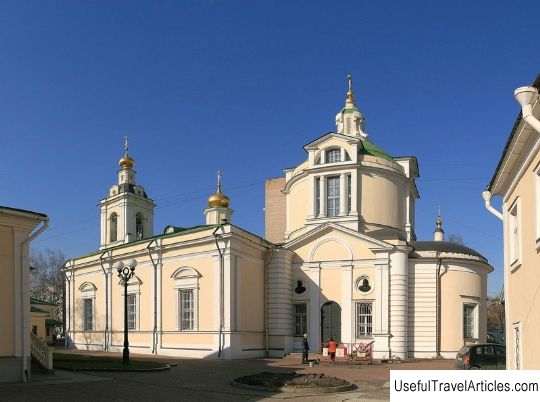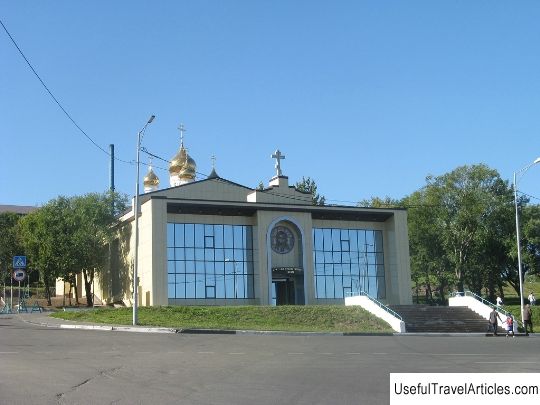Church of St. Nicholas the Wonderworker in Vegoruks description and photos - Russia - Karelia: Medvezhyegorsky District
Rating: 8,0/10 (1122 votes) 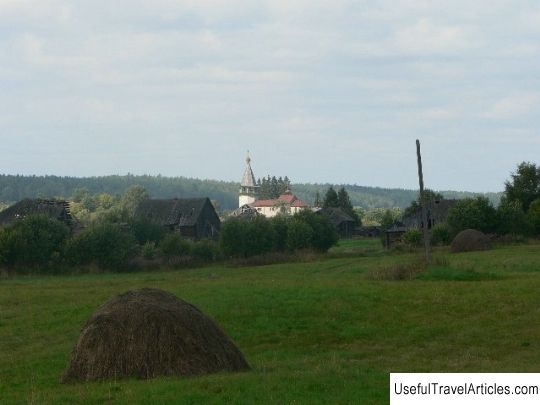
Church of St. Nicholas the Wonderworker in Vegoruks description and photos - Russia - Karelia: Medvezhyegorsky District. Detailed information about the attraction. Description, photos and a map showing the nearest significant objects. Photo and descriptionThe modern church of St. Nicholas the Wonderworker appeared in the 17-18th century in the village of Vegoruksa. The small head of the church, its pentahedral apse and spacious refectory are especially typical of the special architecture of Zaonezhskaya, but despite this, there is no place in Zaonezhie where such an impressive powerful belfry would be located. It is she who dominates the church, thanks to which the St. Nicholas Church also acquired the significance of a lighthouse, which is visible at a distance of many kilometers. At the beginning of the 15th century, the village of Vegoruksa was in the possession of the wealthy Novgorod boyar F. Glukhov, and by the 16th century on this place there were already several villages, which are united under the general name Vegoruksa. This site was a particularly important settlement on the ancient route from Novgorod to the White Sea. Ships from Shuya sailed along Lake Onega directly to Vegoruksa, from where the route went by land to the famous Great Guba, and then to the north. For this reason, the Church of St. Nicholas the Wonderworker was not only a construction of culture, but also a kind of lighthouse. By the middle of the 18th century, a hipped-roof bell tower was built, which stood separately, and a two-part cage chapel, which were connected by a kind of transition ... Closer to 1889, the chapel became a church: an addition to the altar appeared, as well as the premises of the bell tower and the church were connected by a new cut-out passage; the outer walls were lined with timber, and the heads and roofs were covered with iron; the inner walls were hewn, the dimensions of the openings were changed. The building itself is a wooden structure made of logs. Refectory, the temple and the passage are covered in two slopes, and the roof of the altar is a five-slope surface. The skates are equipped with special domes with crosses on them. The end of the bell tower has a high rafter tent, which is also crowned with a dome. The eight and polices of the tent are made of red planks with a spade ending. As for the interior of the church, when you look at it, it immediately strikes with splendor, brilliance and decorative load. The ceilings are of equal height and flatness, and the ceiling in the part dedicated to the temple itself is slightly higher compared to other areas. The door that leads from the vestibule directly to the refectory is double-floor with glazing and overhead details. The walls are sheathed with planks, and their planes are slightly higher than the base and are dissected by special pilasters, which cover corners and cuts. The Church of St. Nicholas the Wonderworker has large double windows in the vestibule, the temple and the refectory. The bell tiers are illuminated by small windows, one on the west and south sides. The windows are decorated with simple frame platbands. The first tier of the bell tower has a wide staircase that leads to the vestibule. The temple and refectory parts are connected by a wide opening, which ends in an arch-like design. The altar is separated by a carved iconostasis, made in three tiers, with a perspective portal of the royal gates. The iconostasis itself and the royal gates attract attention with bright gilding. The carving has a low relief and a small volume. The walls of the St. Nicholas Church are decorated with a large number of icons, and the "sky" is decorated with paintings of amazing beauty, which goes well with the everyday simple wooden walls. It is known that in the building of the church there were several especially valuable and ancient icons made by masters of the 14-15th century. The icons were placed not in a small iconostasis, but on the walls of the refectory part of the church. Most likely, these icons survived from the local churches previously located here, from the building of which they were transferred to the newly built church. The earliest of the icons is the icon called "Apostle Paul", which was painted in the 14th or early 15th century by a renowned local master. In addition to this valuable work found, the works of a famous Novgorod artist who lived in the 15th century were also discovered. The icon contains the image of three saints and the Mother of God. This icon made up the entire middle part of a small three-winged folding, which was taken with it in the old days on the road. The unique icon was brought to this place in the "Novgorod" time.         We also recommend reading City Hall (Pacos do Concelho de Esgueira) description and photos - Portugal: Aveiro Topic: Church of St. Nicholas the Wonderworker in Vegoruks description and photos - Russia - Karelia: Medvezhyegorsky District. |
